I am currently working through the Codecademy HTML course. They say that:
properties are defined within selectors by defining a property and a value. They are separated with a colon and delineated with a semi-colon.
So the semicolon indicates to HTML the relative positioning of the property?
How does this system of colon and semi-colon notation work? How does the computer understand this?
